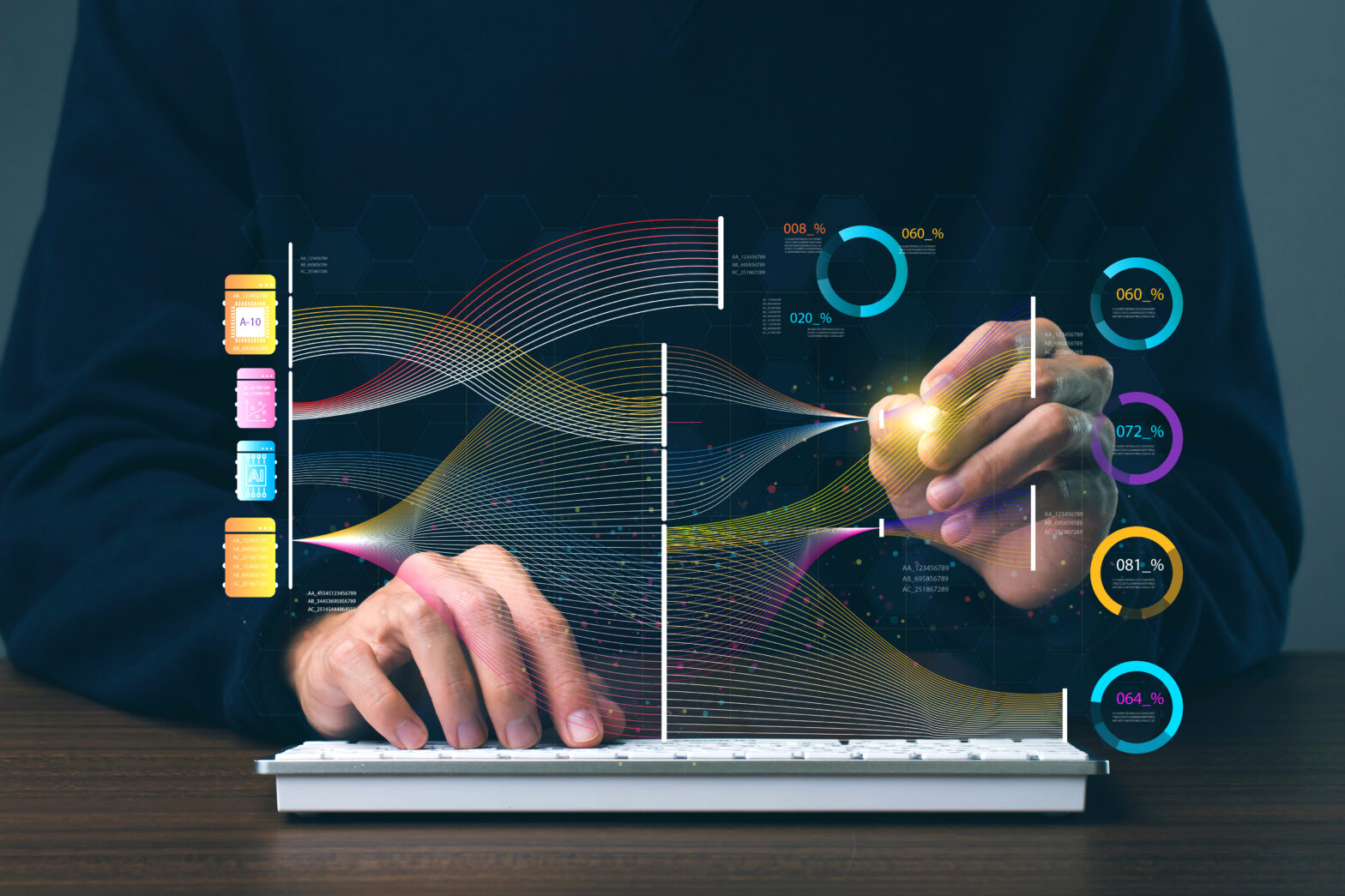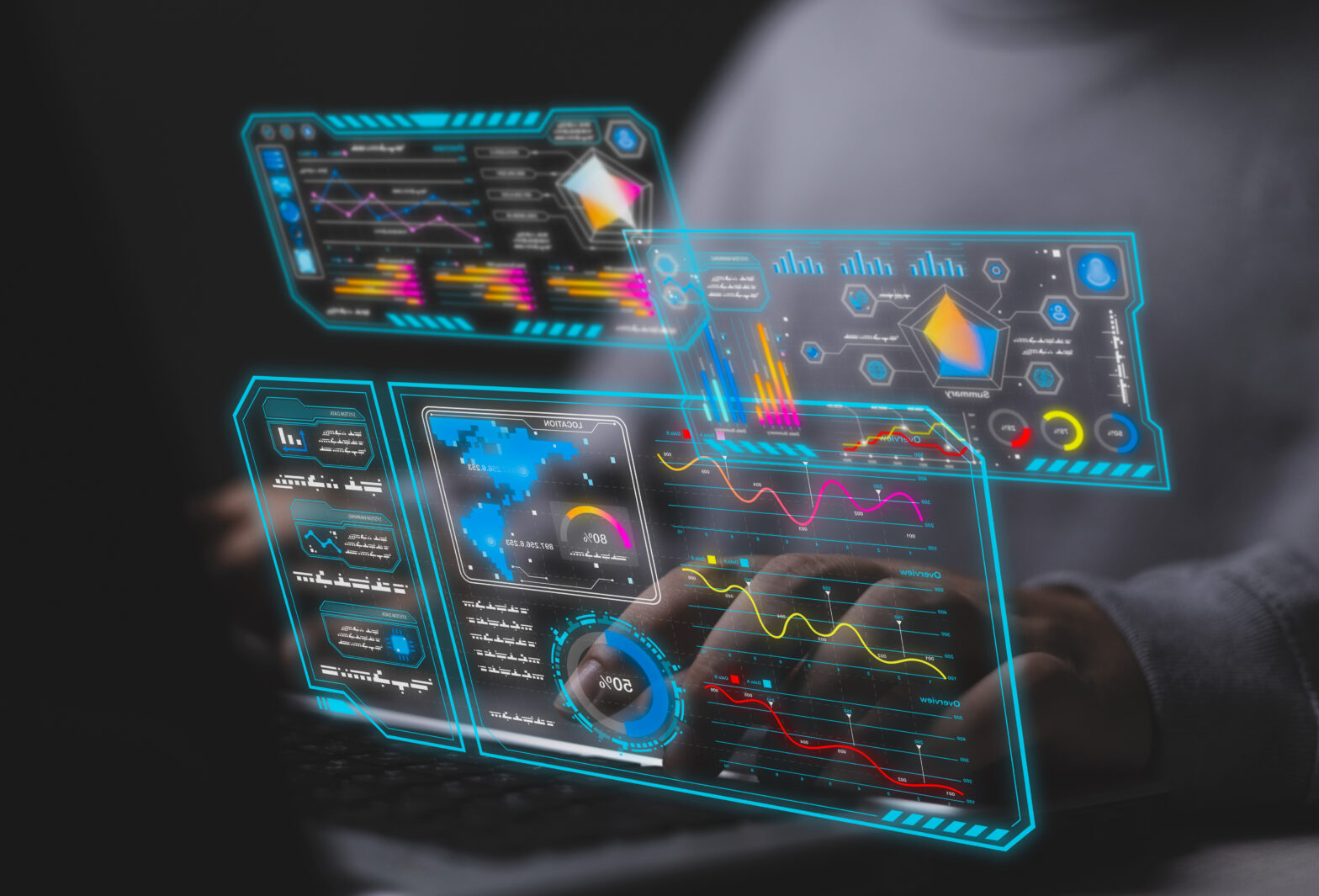The new report from Forrester reveals the short, medium and long term impacts that the five trends are set to make within business and technology over the next ten years, despite the installation of updated healthcare practices and pandemic management protocols (PMPs).
“The pandemic has fundamentally changed the way we do business,” said Stephanie Balaouras, vice-president and group director at Forrester. “It has forced firms and policymakers to do things that were previously considered impossible.
“As a result, business leaders are quickly embracing new, iterative ways to engage with customers, adapting to new ways of working, investing in technology innovation, and revisiting their business resiliency plans for long-term success.”
These macro shifts, according to the report, are as follows:
Safety and convenience influencing future customer expectations
The first trend cited by Forrester involves customers keeping a closer eye on safety and convenience when looking to purchase goods and services. This is expected to vary depending on where each region is in their recovery timeline.
Short term: Consumers will prioritise risk aversion and convenience in equal measure, and shopping methods will vary widely by region. While 60% of Chinese metropolitan adults are increasingly using online marketplaces, over 35% of adults in the UK and US still prefer in-store purchases.
Medium term: Spending will be influenced by a lack of in-human interaction and financial strain, leading consumers to focus on investing in brands that connect them to a greater cause. During the pandemic, over a third of US consumers spent more time thinking about their roles in their community, as well as the environment.
Long term: Consumers will prefer brands that provide the best alternative to digital saturation, offer the most control over shopping experiences, and deliver immersive experiences without forcing products upon them. This comes as freedom of movement increases in value.
Businesses riding the digital engagement wave to create hybrid experiences
Secondly, organisations could be set to go all in on providing experiences that blend insight and emotions, in order to successfully cater to value-based consumers that question the company’s ethics.
Short term: It’s expected that customer experience will be compromised as vendors experiment with virtual events while social distancing and travel restrictions continue to be enforced. Companies will focus less on products, and more on outcomes, but will initially struggle to provide adequate emotional replacements to in-person interaction.
Medium term: Companies will evolve to deliver two strategies. Firstly, they will benefit from consumers becoming accustomed to digital experiences by delivering augmented events, such as in-store digital points of service and mobile hotel check-in, and secondly, services will be designed around customer outcomes and ethics, creating a more emotional experience.
Long term: As digital goes on to be a basic commodity, and trust and identity becomes currency, companies will focus more on convincing consumers to buying into sharing more personal data, such as biometrics and behavioural, in order to craft services that are more reactive to real-time needs. This is predicted to trigger a privacy backlash.
The challenges of e-commerce: The internal blame game costing retailers thousands
Firms and governments investing in what was once impossible to drive the future of work
The third trend will be companies and governments being more open to unprecedented ideas and looking outside the box, with the pandemic already proving that entire workforces can operate remotely.
Short term: The notion of uniting human employees and digital capabilities such as AI and automation will continue to be pushed by companies in order to maximise engagement and lead the competition, as well as maintaining empathy. Low investors will replace employees with automation to reduce their workforce, while high investors will facilitate human-machine collaboration with the aim of generating more creative ideas.
Medium term: As employment gets back to pre-pandemic levels, companies will shed over a quarter of their city centre office space as employees continue to work remotely. Additionally, post-pandemic policy changes will be made by governments, such as wider experiements with a universal basic income.
Long term: City centre office space within global cities is expected to empty out further and be repurposed as living and culture spaces, while smaller cities become able to create more work opportunities.
Smart firms retiring technical debt fast and then riding the tech disruption wave
Technology and business leaders that have continued to innovate in order to recover from the pandemic will see company operations become more flexible, thanks to digital operating platforms (DOPs) and other technologies such as blockchain.
Exploring blockchain uses for manufacturing
Short term: Companies will embrace further innovation even after the pandemic, with growth-mode firms in particular managing to either catch up or even leapfrog digital leaders. Additionally, more no touch methods, such as 3D-printed button pushers and car key delivery drones, will be developed to limit infection risk.
Medium term: Firms will restructure processes such as procurement and logistics, using blockchain and distributed ledger technology (DLT), in order to increase transparency within supply chains. Other technologies, such as containers, microservices and Kubernetes, will be implemented in order to increase speed and agility within the public cloud.
Long term: A new disruption cycle is expected to emerge, with innovations such as electrification and automation changing how people live their lives. Additionally, restructuring of procurement and other processes using blockchain and DLT will become fundamental, and investment in front-end applications and public cloud will become outdated.
Business resiliency becoming a competitive advantage
Finally, the ability to deliver on vision and brand promise and learning from past crises will be vital in companies staying ahead of the competition. The most resilient firms will learn and recover from crises quicker than competitors, create stronger and more emotional connections with customers, and optimise recruitment of talent.
Short term: Investment in risk management and business continuity maturity will become essential. While Covid-19 shouldn’t have been a surprise to companies, when Forrester reviewed the Fortune 50’s current 10-K reports, 50% cited a pandemic in their risk profiles, but referred to it as an ‘act of God’, with only Apple insuring the downside.
Medium term: Supply chain management will focus on redundancy, flexibility and sustainability, as companies reduce their dependency on individual and regional sole supplier. Additionally, supply chain risk management will become part of core enterprise risk management (ERM), as opposed to being its own silo.
Long term: ERM will become a digital leader, and will develop further with the aid of AI, which will allow for more predictive risk management, reducing uncertainty in the process. This will be made possible by the use of IoT sensors and an AI assistant, along with automation and machine learning.
See also: Global life science supply chains in a post-pandemic world










